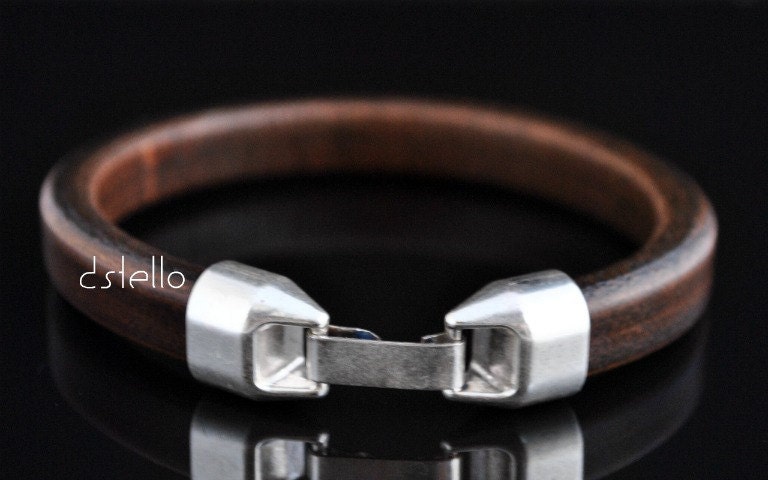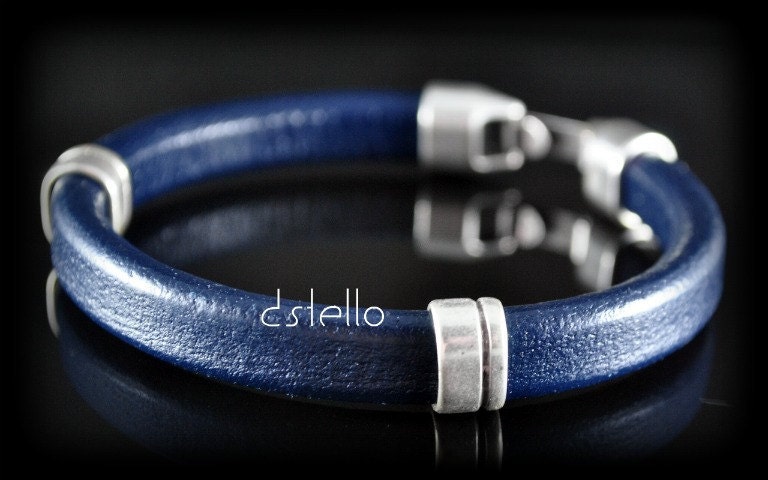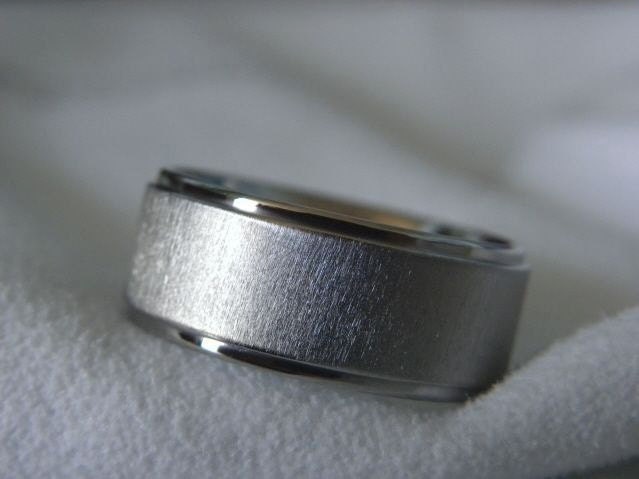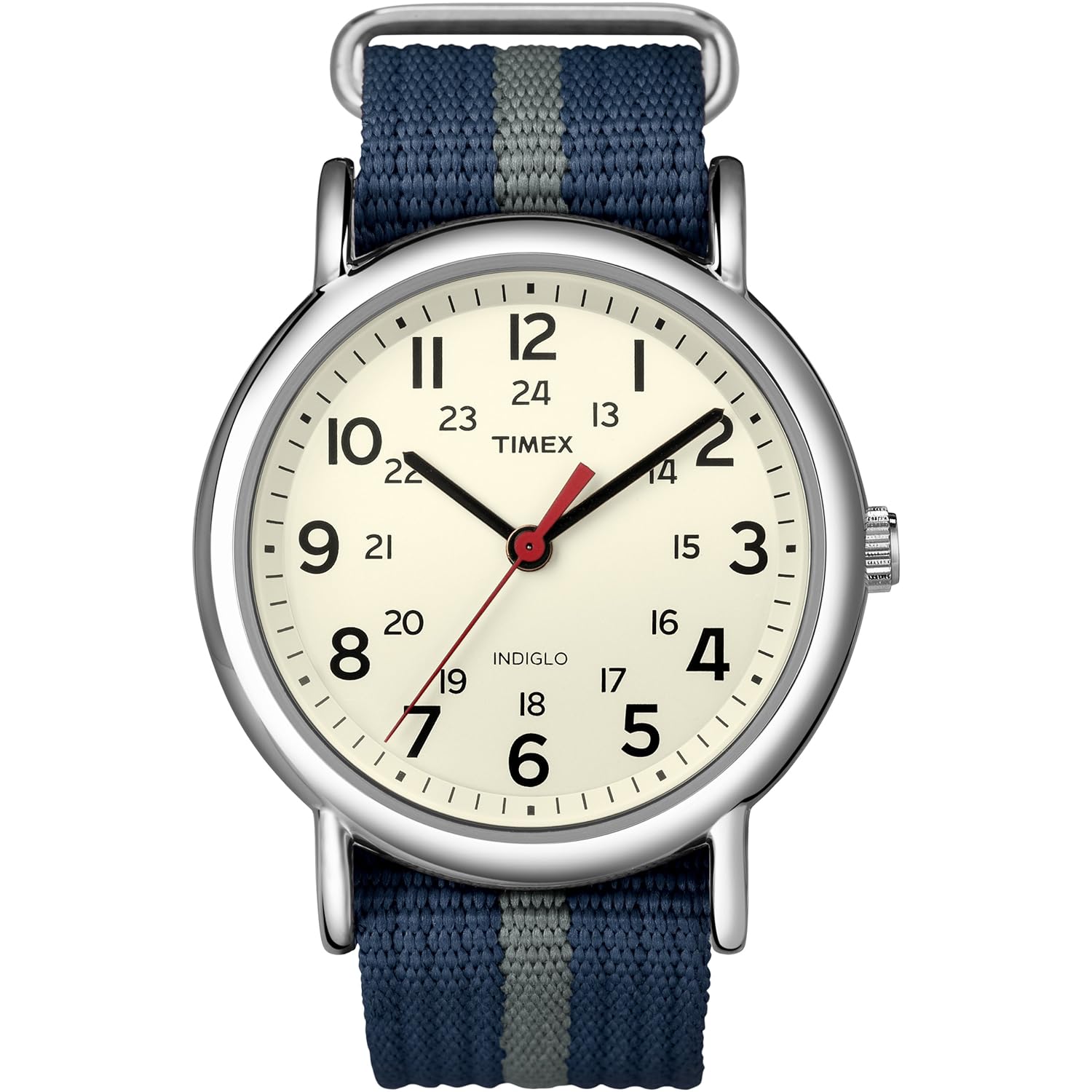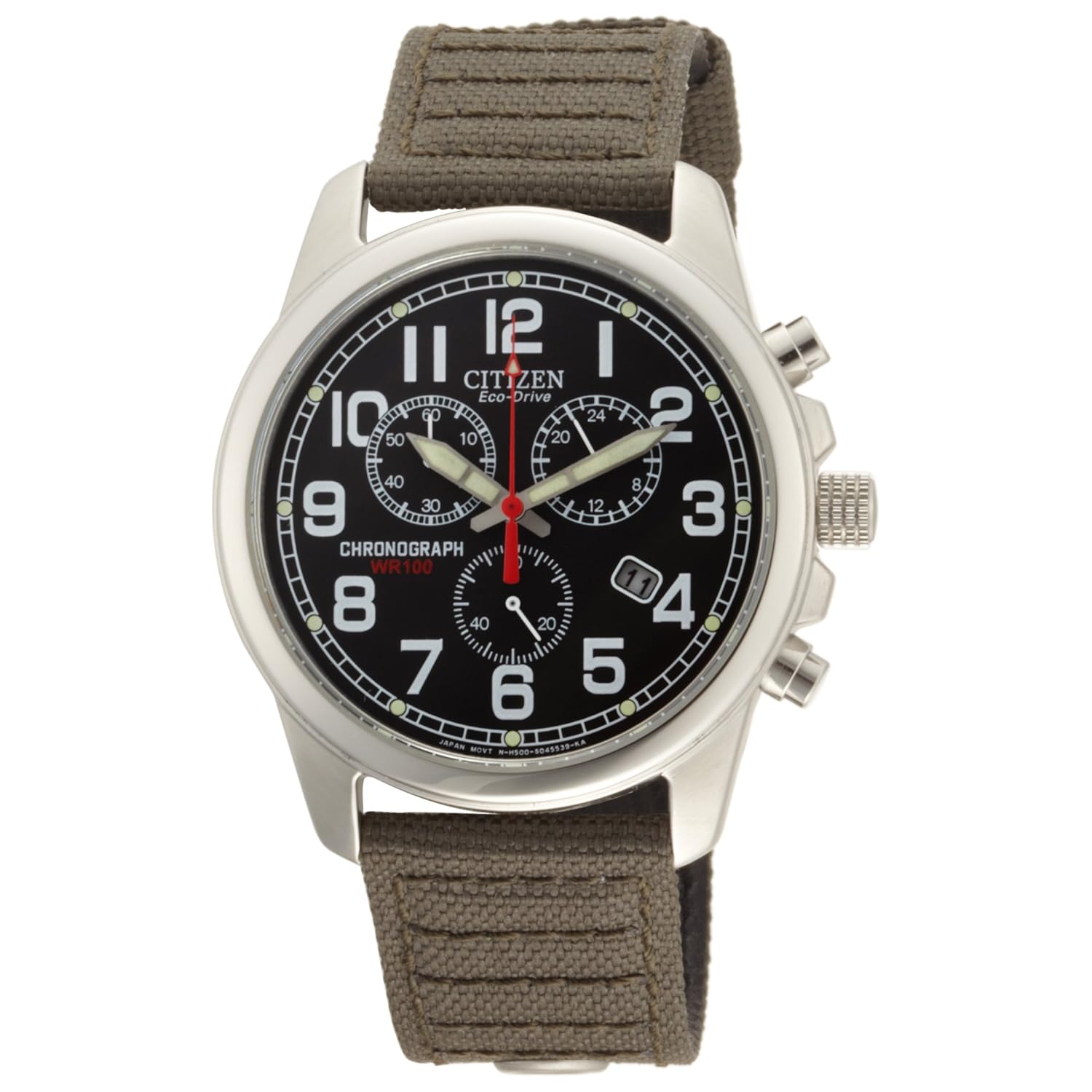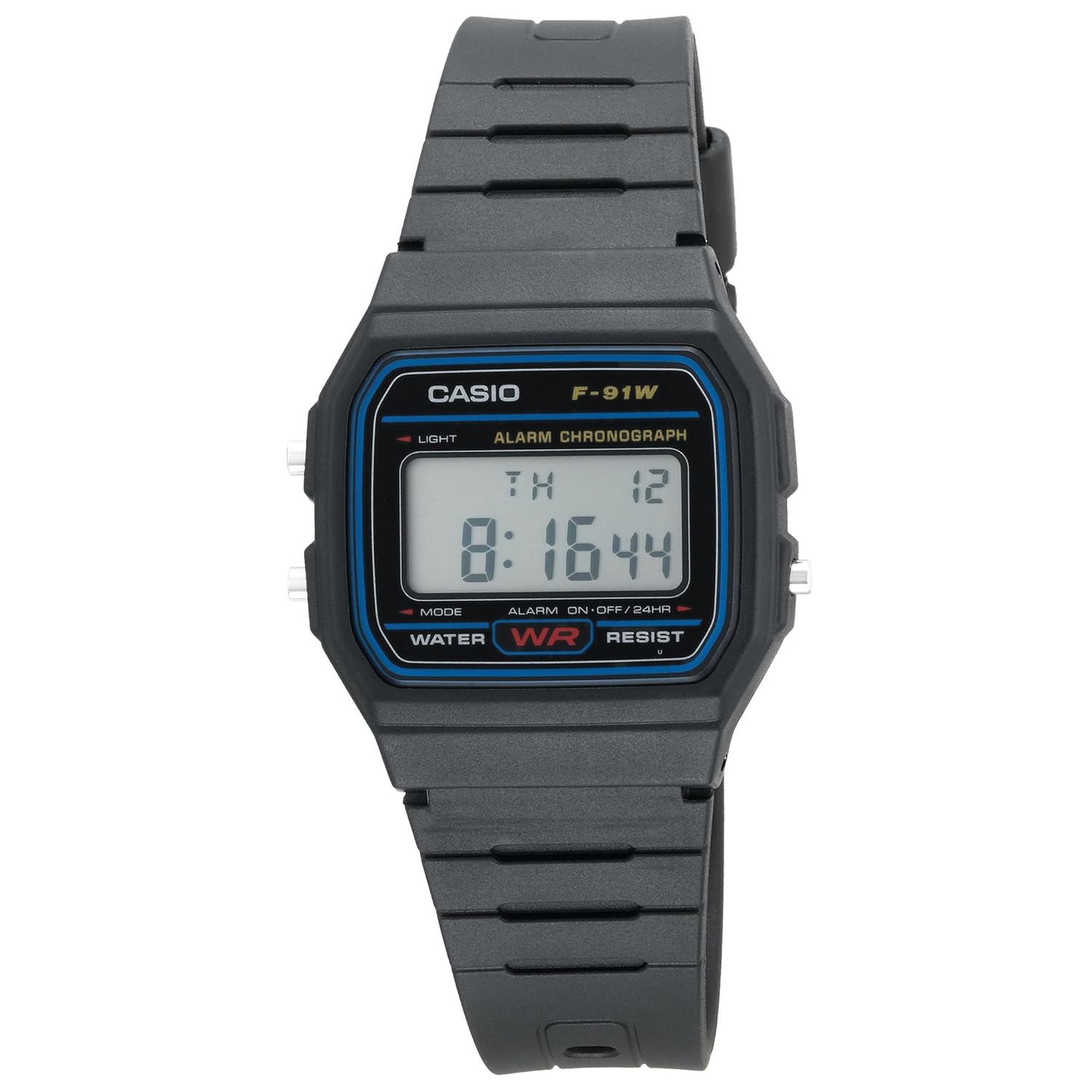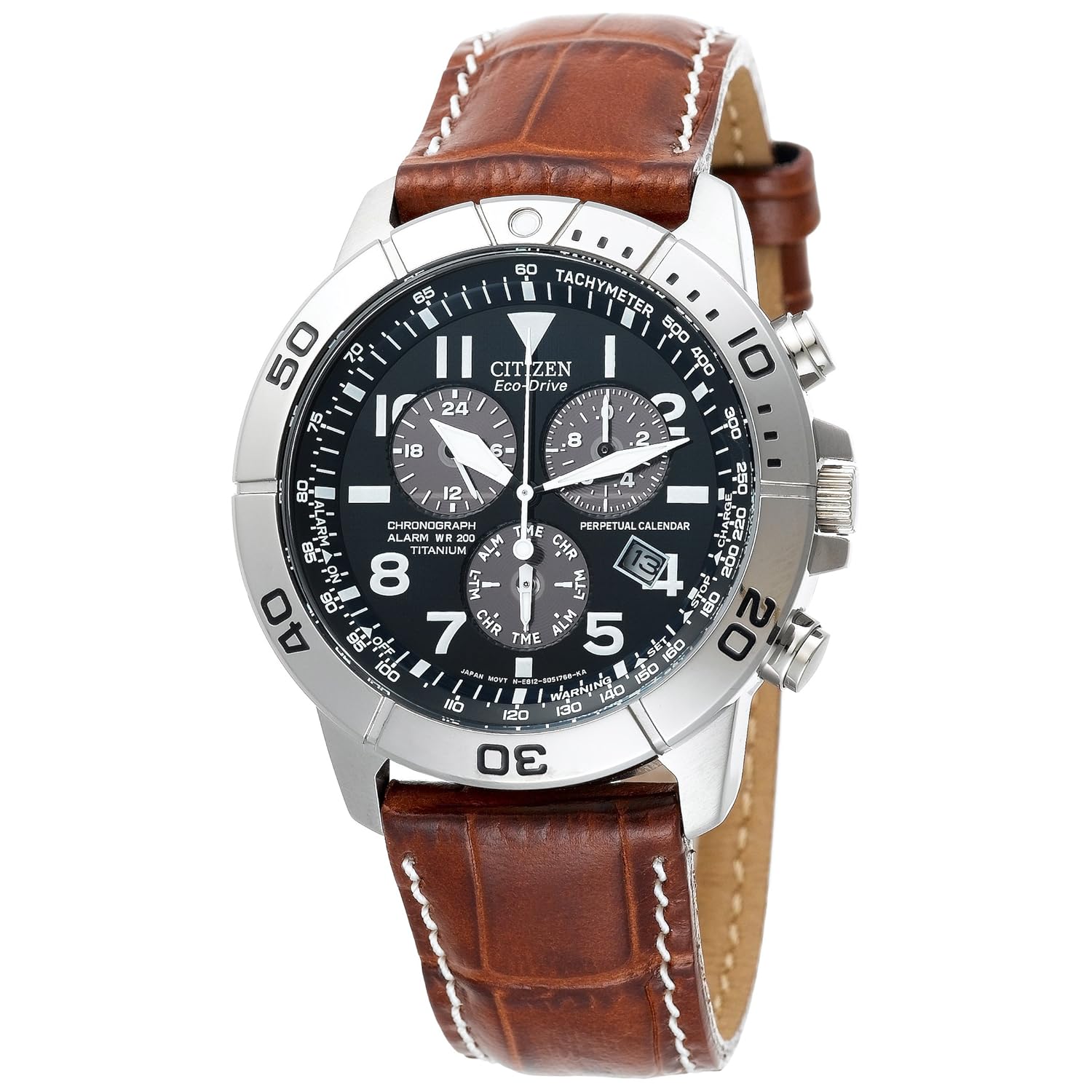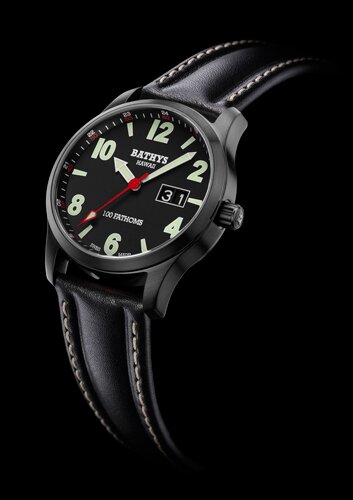In the second Watch Primer installment of Tiers and Price Ranges, we'll be looking at the wide field of watches that fall within the luxury category of timepieces. Because this segment of the market spans such a large range of prices (I've defined it as $1000-$10,000+, but there're no real hard and fast rules, especially at the $10,000+ side of things). The overall spread can be classified as "luxury" because watches in this price range are just that: at their core, unnecessary. But the extra money you pay in these ranges can net you considerable gains in value as far as design, quality of movements, fit and finish, and the degree to which the watch in question was actually crafted in-house by the brand. Determining the most favorable balance of value vs. price can be tricky, so here's a description of each range and watches that exemplify the qualities you'd find therein.
Introductory Luxury: $1000-$3000
In the introductory level of the luxury cagetory, you'll begin to find examples from the most well-known and popular brands on the market, including Tag Heuer, Omega, Breitling, and other big Swiss manufacturers. But this range is also home to some unique brands with interesting value propositions: there's Nomos, a Glashutte company which offers in-house manufacture movements in Bauhaus-influenced cases at an amazing price. Longines, Swatch Group's mid-tier brand, offers a great balance of quality, solid ETA movements, and fit and finish. Beginning in this range, some part of the hefty price tag you pay will be for brand recognition and marketing - which isn't necessarily a bad thing, but it's definitely something that should be factored into your buying decision.
Exemplars of the Range:
 |
| Longines L27044164 Heritage White Chronograph, $2,650 ($1612 on Amazon) |
This model is a great example of the value you often get with Longines: a solid ETA chronograph movement with an elegant fit and finish and a style that evokes the classic chronographs of much more highly priced brands like Patek Philippe and Girard-Perregaux. Also, as evidenced by the difference in MSRP and Amazon's price, you're more likely to find steeper discounts on quality but less publicized brands like Longines than household names like Rolex and Tag Heuer. Speaking of which . . .
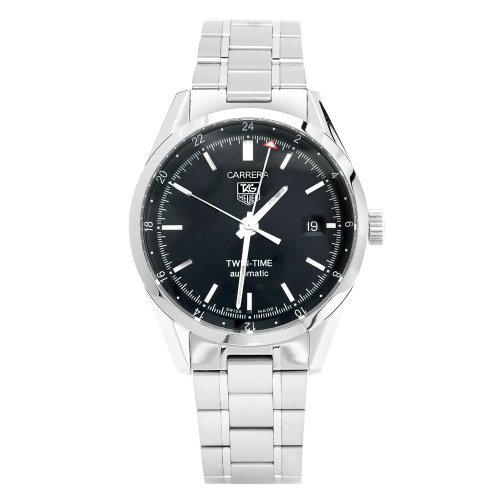 |
| Tag Heuer Carrera WV2115.BA0787 Calibre 7 Twin Time, $2,700 ($2154.59 on Amazon) |
Tag Heuer is arguably one of the most well-publicized watch brands out there, and this model comes from its Carrera line. This Twin Time model features a second hour hand for dual timezones, a marked upgrade from the basic model (which is famous in movie circles for being the watch Leonardo DiCaprio wore - and which earned itself an extreme closeup or two - during the blockbuster
Inception).
Mid-Range Luxury: $3000-$6000
Here in the mid range that you most often find the sweet spot between value - features, quality, design, and fit and finish - and price as far as luxury watches go. At this range you can begin to expect to see manufacture movements and more elaborate complications. This range is home to the venerable Moon Watch, the Omega Speedmaster Professional 3570.00, as well Breitling's most famous model, the Navitimer. One of the most well-regarded manufacture brands, Jaeger-LeCoultre, also has a few signature models in this range, particularly the Reverso and the Master Ultra Thin. At the top of this range you also begin to enter Rolex territory, with their introductory Air King line and slightly larger Oyster Perpetuals, steel Datejusts (which add a date window and the signature Rolex bubble, just as the name implies), and, until price jumps push it into the the next category or Rolex decides to update its design, the famous (and somewhat ubiquitous) no-date Submariner, the 14060M. Noteworthy brands: Omega, Breitling, Jaeger-LeCoultre.
Exemplars of the Range:
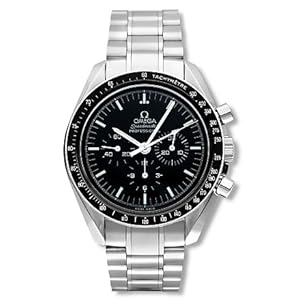 |
| Omega Speedmaster Professional 3570.00, $4500 ($4050 on WatchMaxx via Amazon) |
Known as the Moon Watch for its usage by astronauts during the Apollo 11 moon landing (and subsequent missions), the Speedy Pro is one of the only watches from Omega that have remained virtually unchanged through more than 50 years of production, which serves as a testament to its timeless design and dependable quality. And I speak from experience when I say that, if you're a fan, odds are you'll be adding it to your watch box one day.
 |
| Breitling Navitimer A2332212-G532BRLT, $5185 ($4516.05 on Jomashop via Amazon) |
The Navitimer is the only chronograph in this range that could rival the Speedy Pro's pedigree, though while the Speedy gained its fame among the stars, the Navitimer earned its reputation in the skies - a reputation that has become the crux of Breitling's modern marketing strategy. While the newest iteration of the Navitimer includes Breitling's first in-house movement, the B01, the added flourish pushes that model firmly into the next range of luxury watches. And in purist circles, there's no topping the original.
High-End Luxury: $6000-$10,000+
In the final range of the luxury category, you begin to find watches with prices that rival those of used cars. In this tier you should be demanding a manufacture movement with a reasonable to high degree of finishing, from brands noted for their horological prowess. This area is where you'll find the bulk of Rolex's non-precious metal offerings, such as the Submariner Date, Explorer I, Explorer II, and GMT Master II. You can also find the most recent iterations of Zenith's well-regarded El Primero chronograph movement, which was famously employed in Rolex Daytona chronographs before Rolex replaced it with an in-house movement (and interestingly enough, it is the vintage El Primero-powered Daytonas, especially the references that have been come to be known as "Paul Newman" models, that fetch the largest prices in watch auctions). It should also be noted, though, that this range can net you a watch of commensurate quality and pedigree if you're willing to venture outside of the Swiss brands. In particular, Seiko's high end sub-brand Grand Seiko, produces entirely in-house watches that rival the very best the Swiss have to offer. And in their Spring Drive line, Grand Seiko has achieved a melding of quartz accuracy with the convenience and character of a mechanical movement, an accomplishment that no Swiss maker has yet matched. Noteworthy brands: Rolex, Zenith, IWC, Grand Seiko.
Exemplars of the Range:
 |
| Zenith 03.2041.4052/69.R580 El Primero Striking Tenth Chronograph, $10,900 ($9,265 on Amazon) |
This is the flagship model of Zenith's current El Primero lineup, featuring a special chronograph function that can display times accurate up to a tenth of a second. The El Primero movement is renowned for its high beat frequency - 36,000 bph, instead of the 28,000 found in most mechanical movements - which contribute to more fluid movement of the chronograph's second hand. It also comes with a sapphire caseback so that you can see the fabled movement in action.
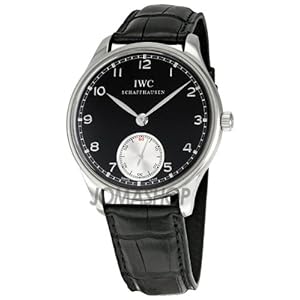 |
| IWC Portuguese Hand-Wound IW545404, $8,900 ($7,120 on Jomashop via Amazon) |
Featuring a new in-house designed and manufactured movement, the Portuguese Hand-Wound features one of IWC most elegant designs and unimpeachable manufacturing. Short for International Watch Company - which actually has American origins, though now firmly entrenched Swiss company - IWC's star has been rising in the horological world in recent years, and their latest entry in the Portuguese line is a great example of why.
Next time, we take a look at the highest tiers of horology, of which many enthusiasts can only fantasize. What do you think of the luxury ranges? Can any watch be worth these sorts of price tags? And if so, where does the value/price sweet spot fall for you?

